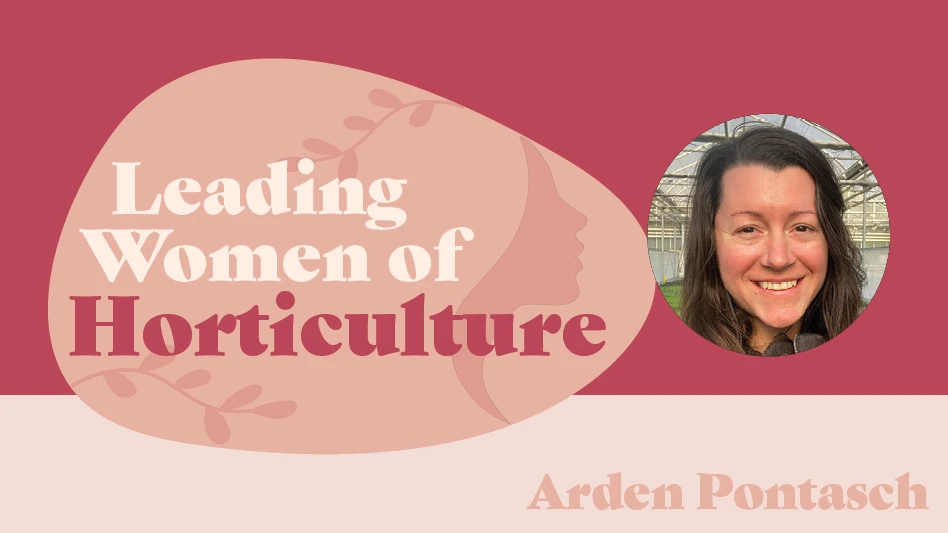
Editor's note: This is the first in our "Women in Horticulture" series. Watch for more in the coming months.
Once there was a girl from Camden, N.J. Although short in stature, she became one of the most influential women in horticulture, and her name is Stephanie Cohen.
Stephanie, like so many others, got caught up in the 1960s houseplants craze. According to her husband, Dr. Richard Cohen, Stephanie collected a lot of houseplants – more than 300 of them. When visiting, you had to be careful before sitting down to make sure you didn’t sit on a plant. Stephanie also blew out a couple of televisions while watering the plants stored on top of them.
That love of houseplants led her to learn more about horticulture. She already had an undergraduate degree in English and was a high school teacher. Stephanie kept on her educational journey by obtaining a master’s degree in environmental studies at Arcadia University in Pennsylvania. She was a teacher that was always looking to do more.
With her enthusiasm about plants, her husband suggested she go back to school to learn more about her hobby. She acquired a degree in horticulture from Temple University Ambler in Pennsylvania. Even with three small children at home, she began taking full-time classes, worked in the Temple greenhouse, and edited Houseplants and Porch Gardens magazine. Just as she graduated, one of the professors at Temple gave notice she wouldn’t be returning in the fall. Because Stephanie had been such a good student, the university offered her the job temporarily for the next semester. She stayed for 21 years.
Her time at Temple University Ambler wasn’t solely spent teaching. She designed the Temple Gardens and is the founding director of the Ambler Arboretum. Stephanie also designed the four-year horticulture program at Temple Ambler. Her former Temple students that are involved in horticulture can be numbered by the hundreds, including PhDs, public garden directors, greenhouse and garden center owners, horticulture teachers, heads of arboretums and more.
Click here to read the full article in our February issue.
Photo: Rob Cardillo, www.robcardillo.com
Latest from Nursery Management
- The Growth Industry Episode 3: Across the Pond with Neville Stein
- Trends: Proven Winners 2025 perennial survey shows strong demand
- Online registration opens for the 2025 Farwest Show
- Sustainabloom launches Wholesale Nickel Program to support floriculture sustainability
- Plant breeding as an art
- Society of American Florists accepting entries for 2025 Marketer of the Year Contest
- American Horticultural Society welcomes five new board members
- Get to know Christopher Brown Jr. of Lancaster Farms






